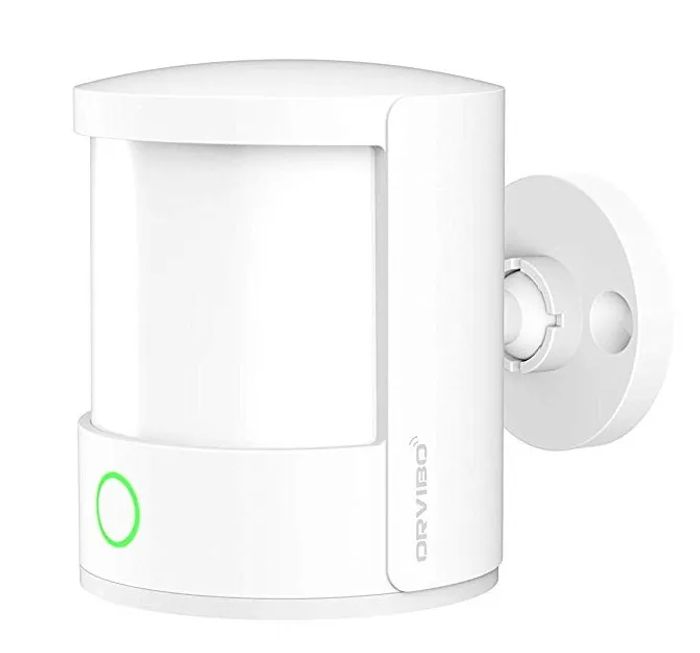Smart Railways
How far are we from achieving a real intelligent rail system?
How the Internet of Things (IoT) is transforming railways?
The rail transport industry is one of the most important signs of the development of countries in the world, and this has been made possible with the help of improving security, increasing the speed and intelligence of movement. Achieving the goals of smart railways and safe and fast traffic is possible through automatic systems. With the advancement of technology, smart devices through the Internet of Things (IoT) and with the help of environmental sensors will appear in the railway transportation network and will cause more and more efficiency in trains connected to the network and improve the travel experience for passengers.
What is the railway equipped with the Internet of Things (IoT)?
A smart railway station is actually a rail network that uses various types of Internet of Things (IoT) electronic sensors to collect data and use them to improve efficiency and develop sustainability. Smart rail transport mainly includes smart management, smart infrastructure and smart mobility.
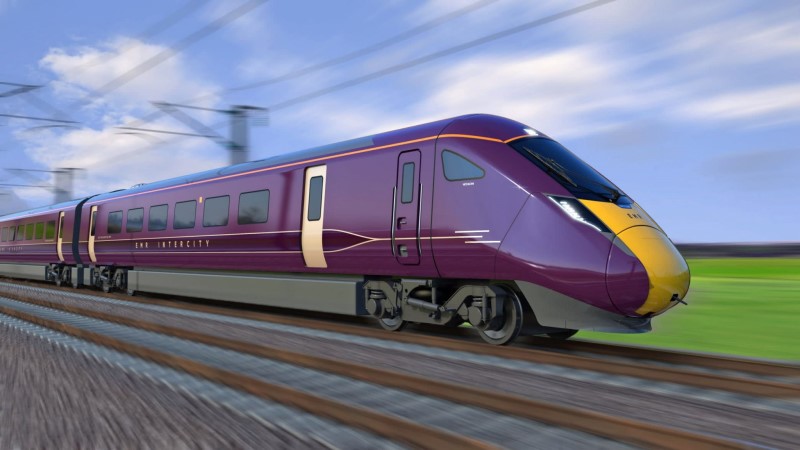
Internet of Things (IoT) in smart railways
At the same time as the Internet of Things (IoT) is being used in various fields, industrial engineers are looking for new opportunities to make this technology more impactful on business. The railway industry is in a position that can use the potential of the Internet of Things (IoT) in line with its evolution and development.
The analysis of various studies often shows in a clear picture that a smart railway can be built around a set of criteria: technological innovation, adaptability, connectivity and flexibility.
The intelligent tools available in the railways are divided into the following 4 categories:
•Applications
• Monitoring equipment
• Environmental measuring devices
• Transportation service equipment
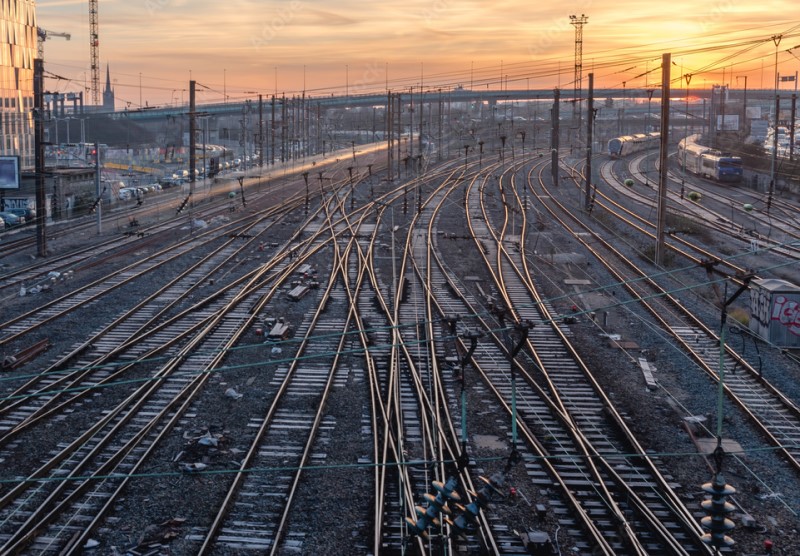
The advantages of using the Internet of Things (IoT) in the rail transport network
A smart train uses the collected data in a dual way: on the one hand, to help and inform passengers via a stable Wi-Fi or 4G connection in the carriages and stations. And on the other hand, the data is used internally by the transport operator to inform maintenance, forecasting and improving service levels.
1- Bringing smart railways to passengers
• Online purchase of train tickets
In the age of smartphones, apps have been a step forward in terms of ticketing and real-time information. In addition to providing e-ticketing tools, train operators can provide another way to provide real-time information to customers.
• Digital and information boards
Smart digital signs enable fast and accurate response for passengers and transform their travel experience. These boards can display real-time travel information by updating trains and their routes in the shortest possible time.
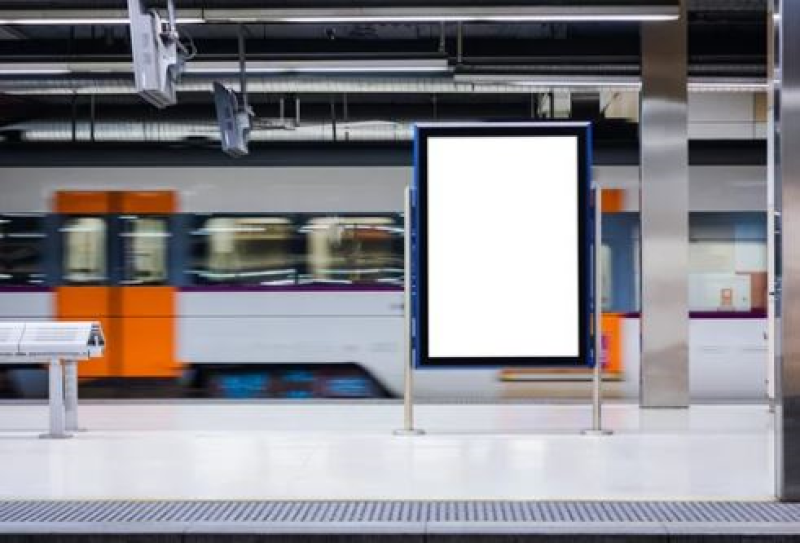
2- Advantages of using Internet of Things (IoT) for rail network
Using Internet of Things (IoT) technologies, rail operators can provide a smarter, more efficient and safer rail experience for everyone, while also seeing these benefits:
Passenger attendance management
One of the biggest challenges that railway operators face is the movement of passengers from one place to another. Overcrowding and the possibility of crime lead to inefficient operations, reduced revenue levels, and ultimately passenger dissatisfaction. Therefore, by using the camera in the station and inside the train, operators can observe and analyze the flow of passenger movement to help improve station operation decision-making and planning.
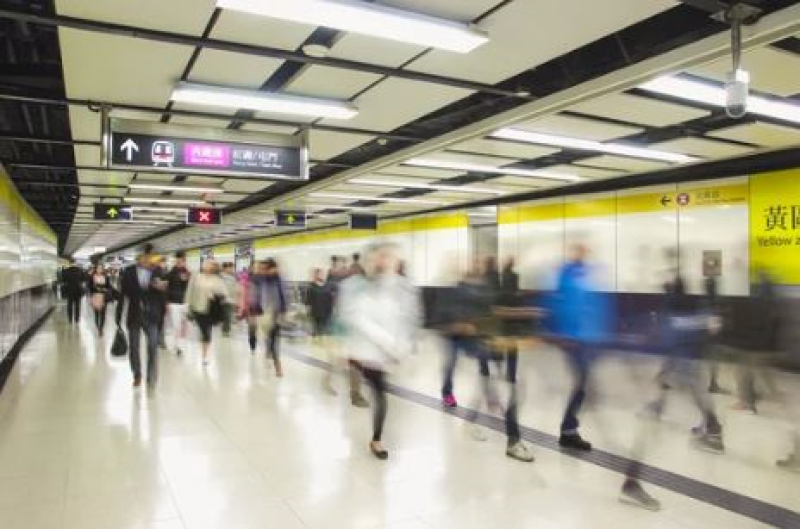
•Increasing passenger satisfaction
Internet of Things (IoT) technologies provide countless possibilities for railway operators to create new services and respond more accurately to passenger expectations. By collecting and analyzing data sent through sensors, operators can personalize the trip for passengers and help them to be more satisfied with the services provided.
• Intelligent tracking of employees and passengers
Internet of Things (IoT) in smart railways as a powerful force can solve the challenges of managing passengers and employees. The use of biometric systems, equipped with built-in tracking mechanisms, simplifies the tracking of passengers and staff and helps railway authorities better monitor passenger numbers as well as staff performance.
• Reducing maintenance costs
On-board sensors, cameras and computers enable rail operators to use fleet diagnostic data to minimize breakdowns, predict repairs and optimize service schedules to keep trains running.

• Smart safety sensors
Maintaining the safety of passengers and railway employees is one of the main priorities of operators in rail transport industry. Implementing safety sensors throughout the railway is one-way operators can provide a safer experience for passengers during their journey. Safety sensors can be attached to critical train components such as wheels and railroad switch to alert operators of any problems.
Smart cameras also help automate safety or emergency alerts during potential water leaks, fires, smoke or other incidents. In addition, these cameras can be used to find lost children in the crowd.
Using the Internet of Things (IoT) and safety sensors can help to maintain the health of switchmen. In this way, the safety sensors accompanying the switchman, by measuring the vitals and also tracking him, send the collected data to the intelligent data management center and inform the railway authorities about the health of these people.
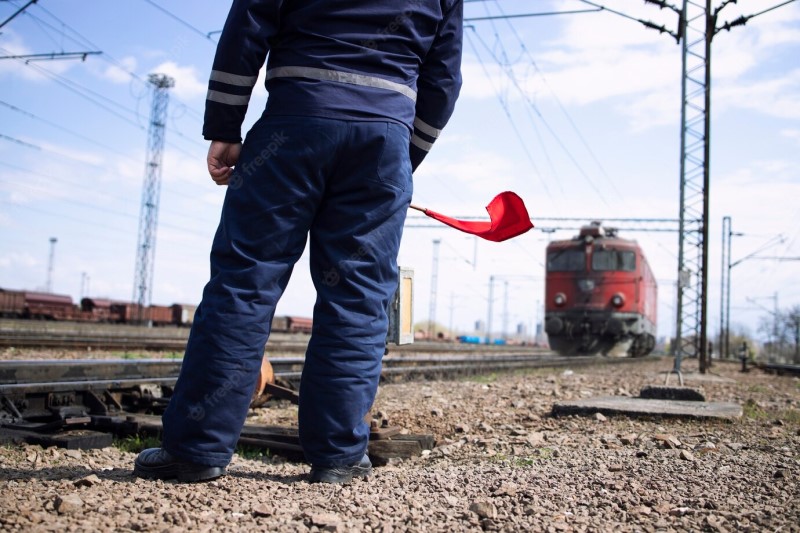
• Intelligent tracking of assets
Railways deal with numerous assets on a daily basis, including tracks, equipment, stations and passenger assets such as baggage and cargo. Knowing where all assets are at any given time is essential to help keep everyone safe and operations efficient. Using computer vision to track assets in near-time can help reduce locomotive downtime and increase operational efficiency.
• Smartening of cargo transportation by train
Since sending parcels by train is one of the cheapest ways of transporting goods, using the Internet of Things (IoT) and making all stages of this work intelligent can help the development and evolution of the rail transportation industry. Thanks to the capabilities of the Internet of Things (IoT) technology, intelligent management of all stages of sending cargo is possible with high speed and accuracy. These cases can include packing the consignments, sending receipts to the recipient, tracking the cargo to the destination, calculating freight costs, and at the international level, things like doing customs at the origin and destination and obtaining the necessary licenses and certificates.

IoTSmile platform in the smartening of rail transport fleet
Using IoTSmile platform-based approach to implementing the Internet of Things (IoT) in the rail industry, all sensors, devices, subsystems and applications connected to railway equipment can work seamlessly together. This integrated approach simplifies operational technology management across the rail network. In addition, it enables the creation of common cybersecurity policies in railway systems, devices and applications.
Grow your business with the IoTSmile platform
Normally, it is very difficult to manage sending shipments in the rail network due to the lack of information, and the result is effects such as increased traffic and the impossibility of tracking shipments in the freight chain. Now, with the help of the IoTSmile platform, we have designed a comprehensive information system that collects in real time the vital information of wagons including: location, origin, destination and conditions inside the wagon from the network of sensors and can solve all the challenges of monitoring wagons and their related problems.
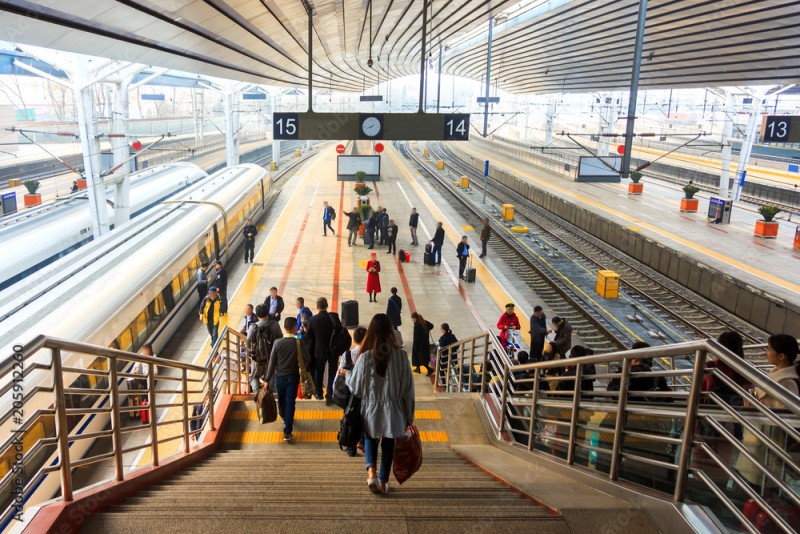
To receive advice and prepare the IoTSmile platform, you can contact us by calling the numbers announced on the site, sending an email or registering a ticket. Our colleagues are ready to answer and guide you.
References:
- Cyient: Five Smart Ways How IoT is Transforming the Railways-09 Feb 2018
- Iopscience: Research and Analysis on the Top Design of Smart Railway-2019
- Nokia: IoT for Railways
- Railway-technology: A railway’s role in the modern Smart City-January 4, 2018
- Railway-technology:Smart railway stations: how cities are creating ‘living’ transport hubs-February 5, 2018
- Intel: IoT in Railways
- My evolution: Ready to grow your business with the power of IoT?
- ScienceDirect: Internet of Things for sustainable railway transportation: Past, present, and future-July 2022
foundNothing


